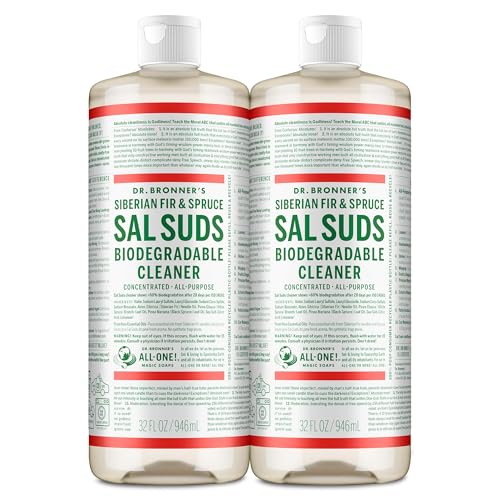



Avoid using chlorine-based products in your cleaning device. The harsh chemicals can cause significant damage to internal components, leading to costly repairs or replacements. The seals and hoses are particularly vulnerable and may degrade rapidly if exposed to chlorine.
Instead, look for specially formulated cleaners designed for your machine. These alternatives are effective in removing tough stains and grime without jeopardising the integrity of your unit. Manufacturers often provide guidelines on compatible cleaning solutions that ensure longevity and reliability.
If sanitisation is a priority, consider using a safe alternative such as hydrogen peroxide or oxygen bleach. These options can effectively disinfect surfaces without harming the performance of your equipment. Always refer to your device’s user manual for specific recommendations on cleaning agents to avoid any potential issues.
Using Chlorine in Cleaning Equipment
Adding chlorine to cleaning machinery can cause significant damage and reduce the lifespan of the device. Most brands do not recommend mixing chlorine-based solutions with their equipment due to the corrosive nature of chlorine.
Instead of using chlorine, opt for cleaners specifically formulated for pressure cleaning. These products are designed to break down dirt and grime effectively without harming your machine. If sanitisation is required, consider alternatives like specialised disinfectants that are safe for use with your cleaner.
Always refer to the manufacturer’s guidelines before using any substance in your equipment. It is critical to assess compatibility to avoid voiding warranties or damaging internal components. When in doubt, stick to essential cleaning products to maintain the integrity of your machinery.
In conclusion, cautious selection of cleaning solutions is key to ensuring optimal performance and durability of your equipment. Prioritising compatibility will save time and money in the long run.
Understanding the Risks of Using Chlorine in Pressure Washers
Using bleach solutions in cleaning machines carries significant hazards that must be carefully considered. The potential for damaging equipment and affecting surfaces could lead to higher repair costs and compromised results.
- Corrosion: Chlorinated compounds can rapidly corrode internal components, including seals, hoses, and pumps, leading to leaks or complete failure.
- Surface Damage: Certain materials, especially plastics and painted surfaces, may suffer fading or degradation due to chlorine exposure, resulting in irreversible harm.
- Health Risks: Inhalation of fumes while operating devices can pose respiratory hazards. Proper ventilation is crucial to prevent chemical exposure.
- Environmental Concerns: Discharging bleach into water systems can have detrimental effects on local ecosystems. Following regulations about chemical disposal is essential.
- Altered Performance: The presence of bleach might change the expected behaviour of detergents or soaps within the apparatus, leading to subpar cleaning outcomes.
To mitigate these risks, consider alternatives specifically designed for use with such equipment. Numerous environmentally friendly products offer cleaning efficacy without the harmful effects associated with bleach. Research and read labels carefully to ensure appropriate compatibility with your machine.
Compatibility of Chlorine with Pressure Washer Components
Using chlorine as a cleaning agent may lead to detrimental effects on various components of cleaning equipment. Recognizing the compatibility issues will prevent costly repairs or equipment failure.
- Rubber and Seals: Chlorine is corrosive and can degrade rubber components, including seals and O-rings. If these parts deteriorate, leaks may occur, compromising performance.
- Hoses: Chlorine exposure can cause hoses to weaken over time, leading to cracks or ruptures. Always check for manufacturer recommendations on hose compatibility.
- Metal Parts: The corrosive nature of chlorine affects metals, especially if they are not stainless steel. This can lead to rust and reduced longevity of internal components.
- Gaskets: Similar to seals, gaskets can break down when in contact with chlorine. This can result in loss of pressure and poor functionality.
- Injectors: Injector systems designed for detergents may not withstand chlorine. Using it could block or damage these components.
Always consult the manufacturer’s guidelines before introducing any cleaning agents that may be incompatible with your equipment.
When considering cleaning solutions, testing small areas or diluted mixtures can help assess compatibility and avoid potential damage.
To maintain optimal performance, regular inspections and adequate maintenance practices are critical, especially after using any harsh chemicals.
Best Practices for Cleaning Surfaces with Chlorine Solutions
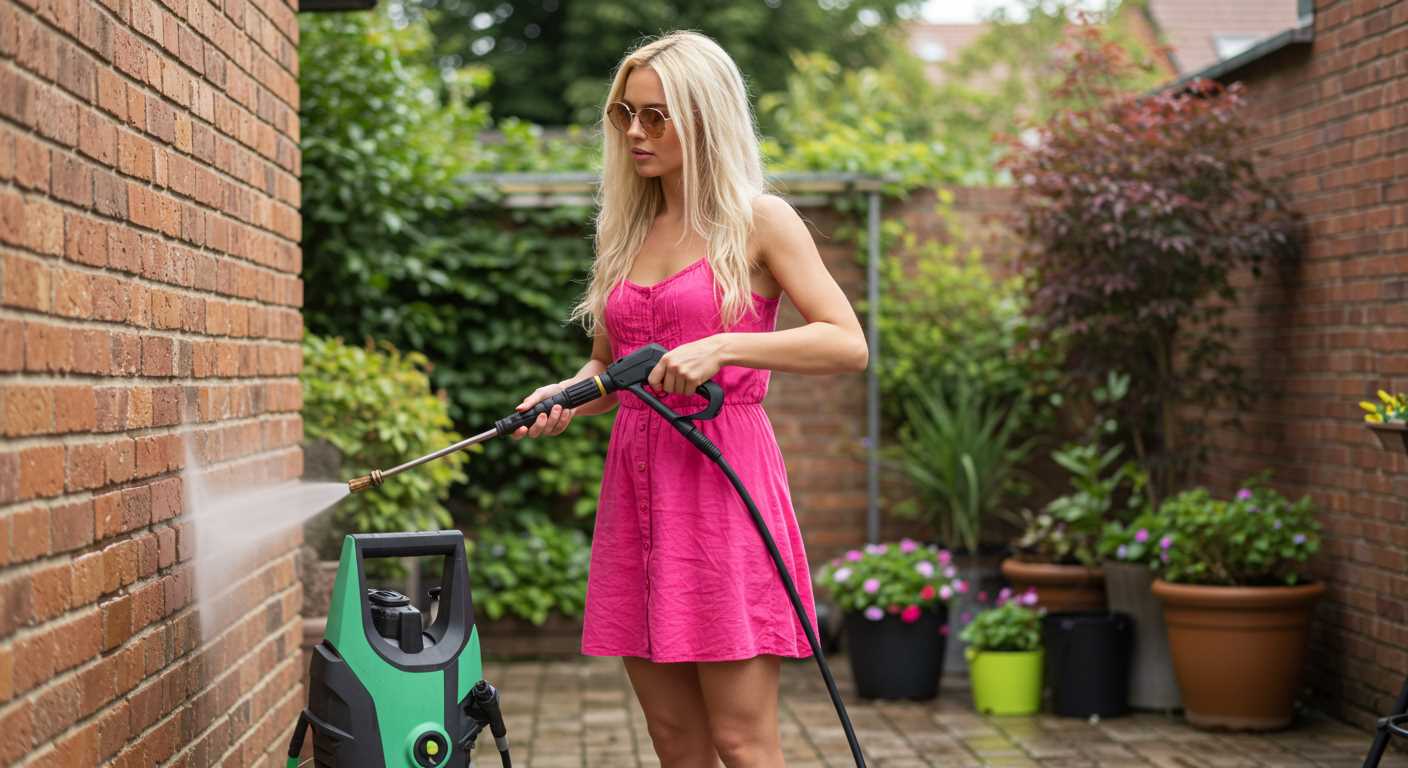
Before applying a bleach mixture, always wear protective gloves and goggles. These precautions safeguard against skin irritation and eye damage caused by the chemical.
Prepare the surface by removing loose dirt and debris. A thorough initial cleaning ensures the optimal effectiveness of the bleach solution.
Mix the chlorine solution properly. A common guideline is a ratio of one part bleach to ten parts water. This dilution reduces potential damage while maintaining cleaning efficiency.
Test the mixture on a small, inconspicuous area before full application. This step helps to confirm compatibility with the surface without causing discolouration or damage.
Utilise a spray bottle or garden sprayer for even application rather than direct pouring. This method helps in controlling the amount used and minimizing splashes.
Allow the solution to sit for a minimum of 10–15 minutes but avoid letting it dry completely. Extended exposure without moisture can cause damage to certain materials.
Rinse thoroughly with clean water after treatment to neutralise the chemical and prevent any lingering residue. This step is particularly important to avoid potential harm to surrounding foliage or surfaces.
Clean equipment immediately after use. Chemical residues can corrode components over time, reducing lifespan and performance.
Store any leftover solution safely, clearly labelled, away from children and pets. Always adhere to storage guidelines to ensure safety and retain chemical integrity.
Alternative Cleaning Agents for Pressure Washers
When seeking alternatives for residential and commercial cleaning tasks, several effective agents stand out. First, oxygen bleach, a more environmentally friendly option, provides strong cleaning power while being safer on surfaces and non-toxic to plants and pets.
Next, vinegar is an excellent natural solution known for its degreasing properties. Mixing it with water creates a safe, effective cleaner suitable for various surfaces, including driveways and siding. Use distilled white vinegar for optimal results.
For heavy-duty stains, hydrogen peroxide can be beneficial. This chemical is especially effective against mould and mildew on outdoor surfaces. A solution of about 3% hydrogen peroxide diluted with water can be applied to affected areas.
Specialty cleaners designed specifically for outdoor equipment often provide targeted cleaning solutions. These products are formulated to break down grime without damaging surfaces or components. Look for biodegradable options that reflect a commitment to environmental safety.
Another unconventional but effective agent includes baking soda. Used as a mild abrasive, it can tackle stains and residues when combined with water. A paste of baking soda works well on stubborn spots.
Be cautious and always read labels. Each agent has specific dilution ratios and safety instructions. Testing on inconspicuous areas first ensures no unexpected damage occurs. Proper disposal of cleaning solutions also contributes to environmentally friendly practices.
How to Safely Dilute Chlorine for Pressure Washing
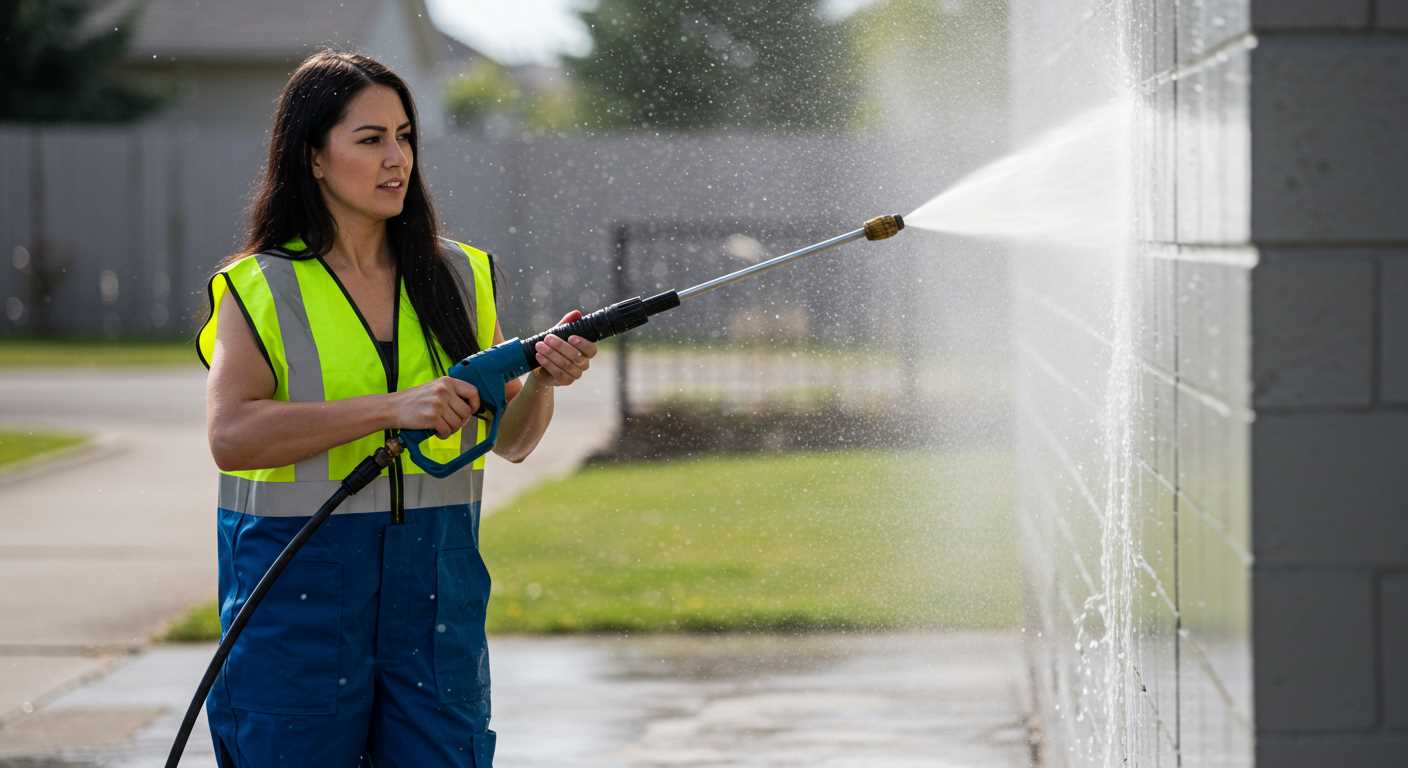
To dilute chlorine for effective cleaning, start with a ratio of 1 part chlorine to 10 parts water. This mixture targets staining and mildew effectively while reducing the risk of damage.
Use a plastic or glass container for mixing, avoiding metal due to potential corrosion. Always wear protective gear, including gloves, goggles, and a mask, to prevent any harm from fumes or spills.
Measure carefully: for example, if using 500 ml of chlorine, add 5 litres of water. This precision ensures safety while maintaining cleaning power.
Mix the solution in a well-ventilated area to disperse any harmful vapours. After mixing, apply the solution within 24 hours for optimal results, as its efficacy diminishes over time.
When ready to cleanse surfaces, use a low-pressure nozzle to prevent overspray and potential damage. Always rinse the area thoroughly with clean water after treating it with this solution to neutralise any remaining chlorine.
Maintaining Your Pressure Washer After Using Chlorine
After using a bleach solution, it’s crucial to flush the entire system immediately. Start by running fresh water through the equipment for at least 10 minutes, ensuring all residues of the chemical are removed. This process helps to prevent corrosion and damage to internal components.
Cleaning and Inspection
Next, inspect the hoses and fittings for any signs of wear or corrosion. If any components appear compromised, consider replacing them to maintain optimal performance. Additionally, clean the nozzle and any filters to avoid clogs, which could hinder functionality.
Storage Recommendations
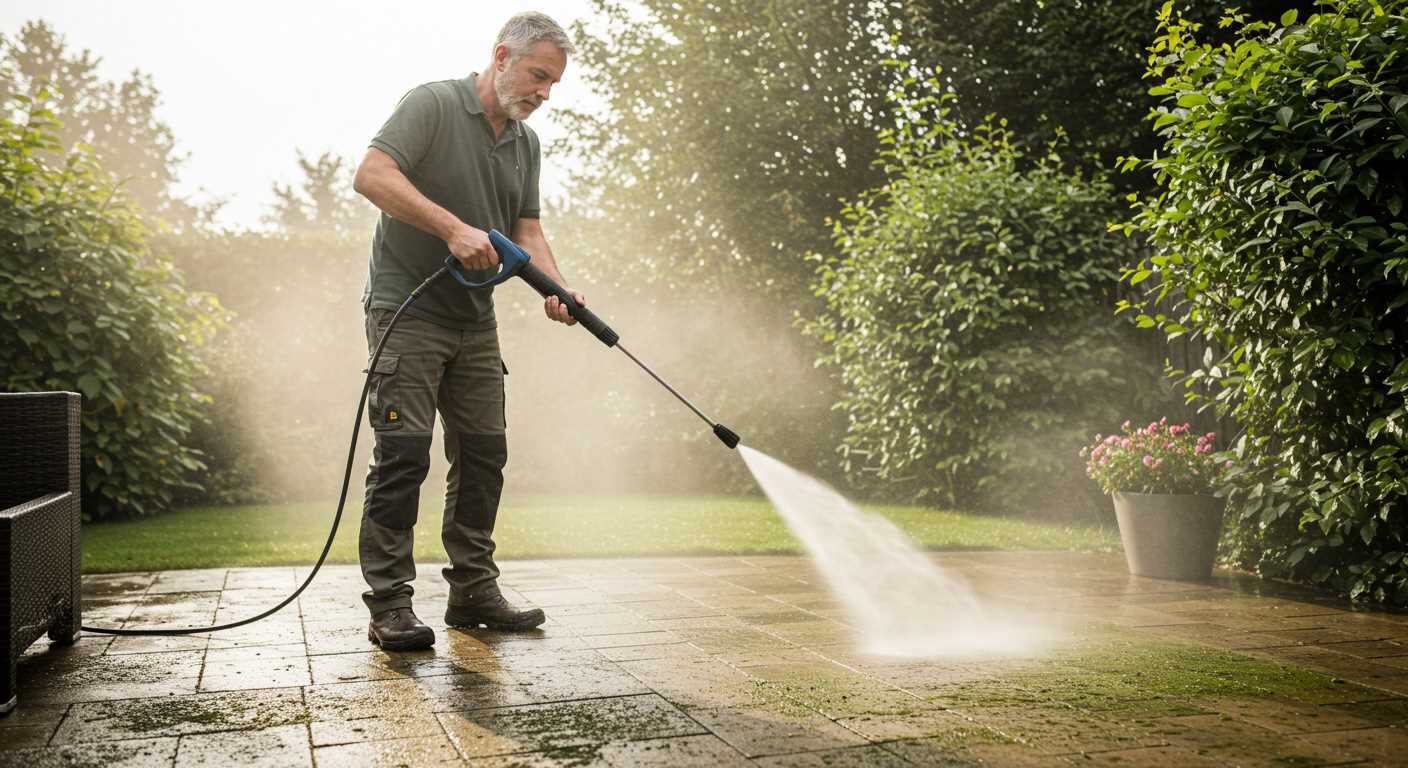
Before storing, ensure the equipment is completely dry to prevent moisture from causing any damage during storage. If possible, store in a climate-controlled environment to protect all components from extreme temperatures. Regularly check your unit for any signs of damage or buildup, and address these issues promptly to ensure longevity.
Legal Regulations Regarding Chlorine Use in Pressure Washing
Utilising sodium hypochlorite in cleaning machines requires adherence to various regulations. Each region often has specific guidelines governing hazardous materials, which can vary significantly. It is essential to consult local environmental protection agencies or regulatory bodies to confirm compliance. For instance, in some jurisdictions, using bleach-like substances may be restricted in certain residential or commercial settings to minimise health risks and environmental impact.
Moreover, handling and disposing of any remnants safely are critical to avoid penalties. Regulatory frameworks typically mandate the proper labelling of containers and adherence to guidelines for diluting and storing these strong chemicals. Manufacturers might also specify recommendations in their manuals regarding acceptable cleaning agents, which must be considered to maintain warranty and safety standards.
It’s advisable to stay informed about any updates or changes in legislation, as non-compliance can lead to significant fines or legal actions. Attending seminars or training on health and safety associated with chemical use can further ensure that practices align with prevailing regulations.
Recommendations from Pressure Washer Manufacturers on Cleaning Agents
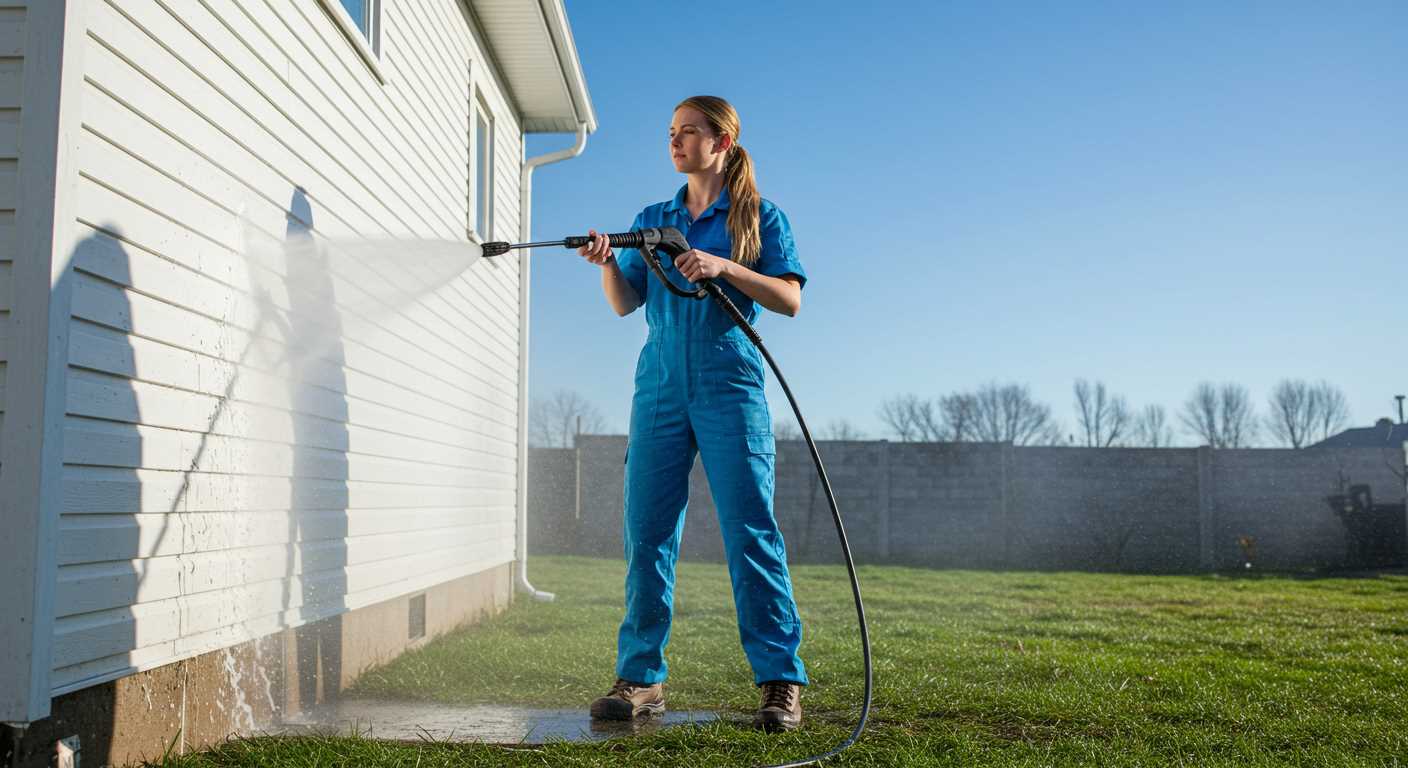
Always refer to the manufacturer’s guidelines when selecting cleaning solutions. Most producers advise against using bleach or similar harsh chemicals due to potential damage to internal components and seals.
Manufacturer Guidelines
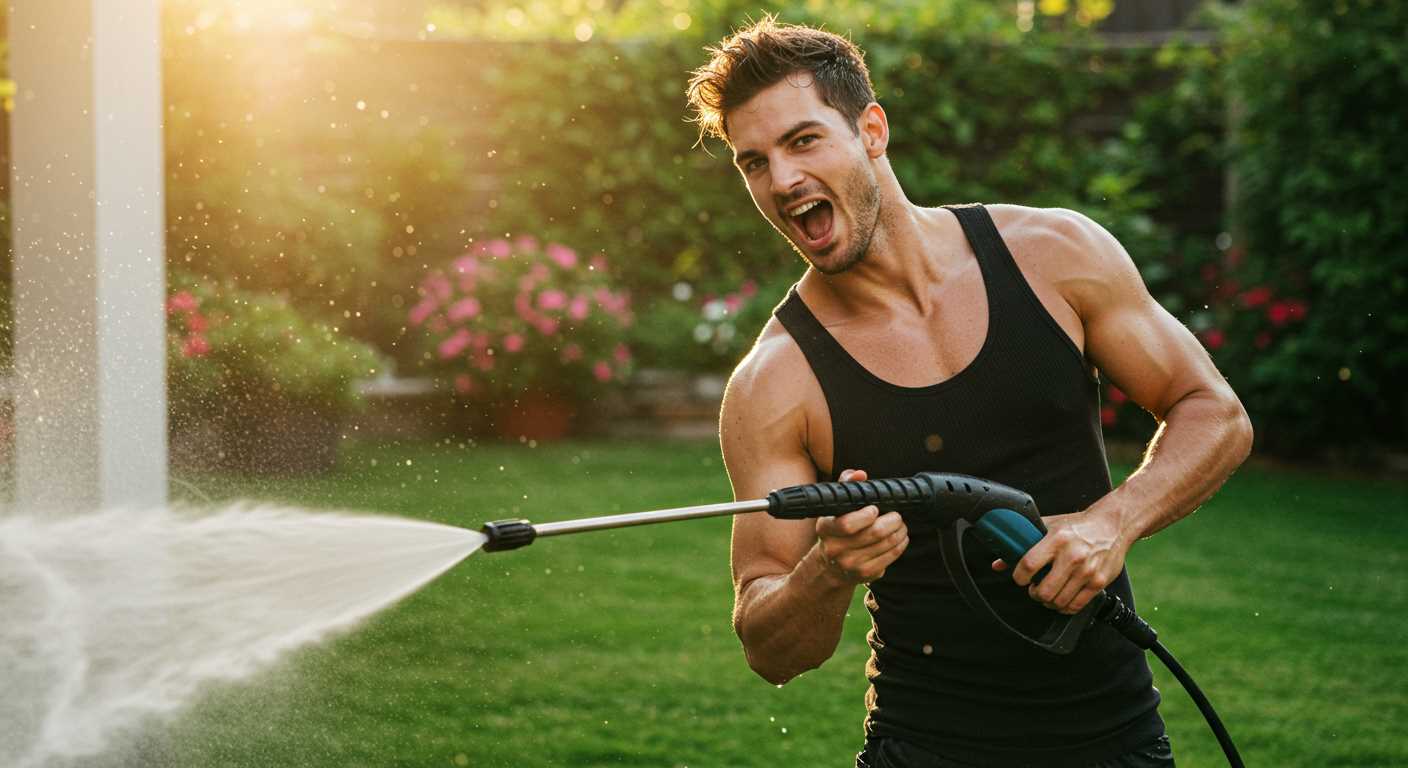
| Manufacturer | Recommendations |
|---|---|
| Brand A | Use only detergents specifically formulated for high-pressure usage. Avoid household cleaners containing bleach. |
| Brand B | Suggested solutions include environmentally friendly detergents. Regular bleach can cause corrosion. |
| Brand C | Compatible with a wide range of cleaners, but caution against acid-based products and standard bleach. |
Check for specific chemical compatibility on the data sheets provided with cleaning solutions. Frequent use of non-recommended substances can void warranties on equipment. Focus on pH-neutral products that effectively clean without compromising the device’s functionality.
Cleaning Agent Storage and Handling
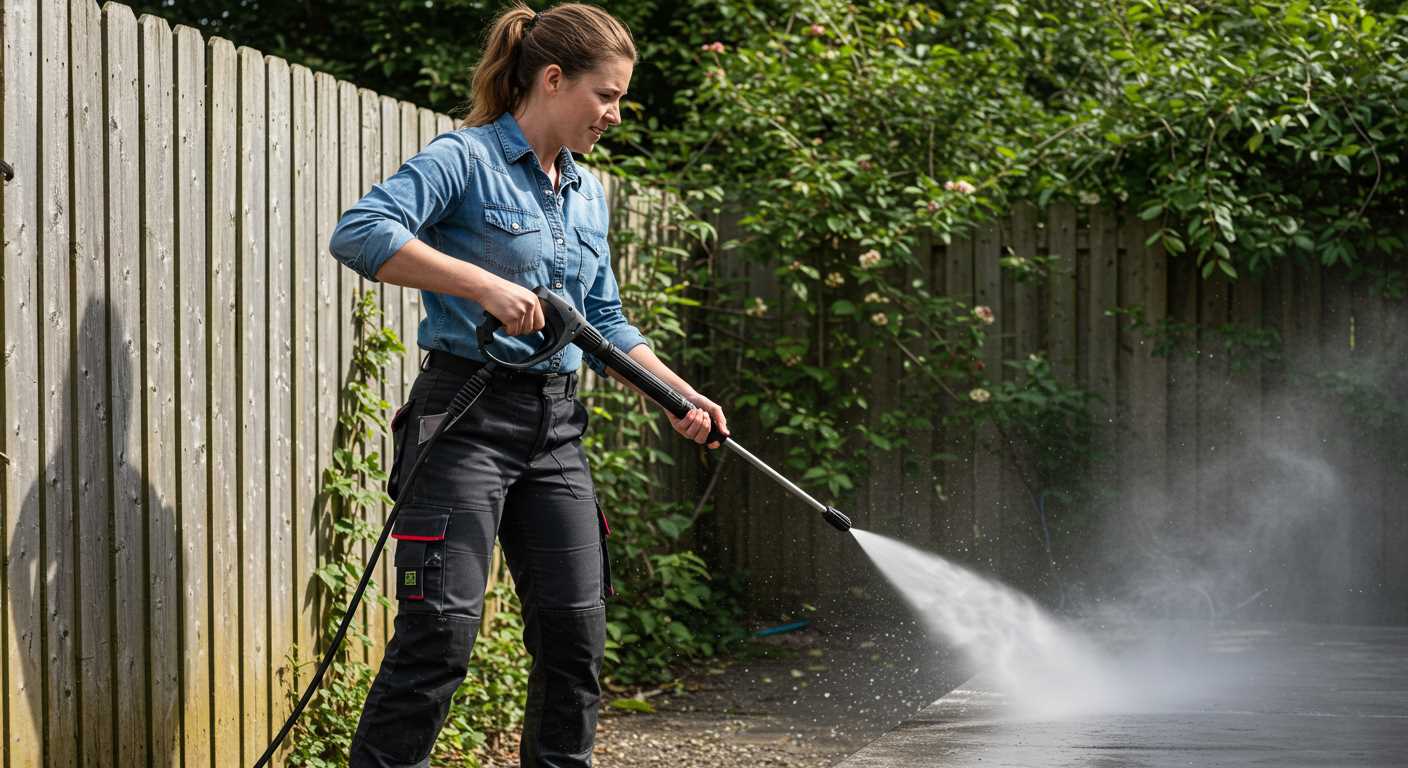
Store all cleaning agents in secure containers, ensuring they are tightly sealed to prevent contamination. Follow local disposal regulations for any unused or expired solutions. Regularly inspect all accessories for signs of wear or damage, especially after using any chemical cleaners.




